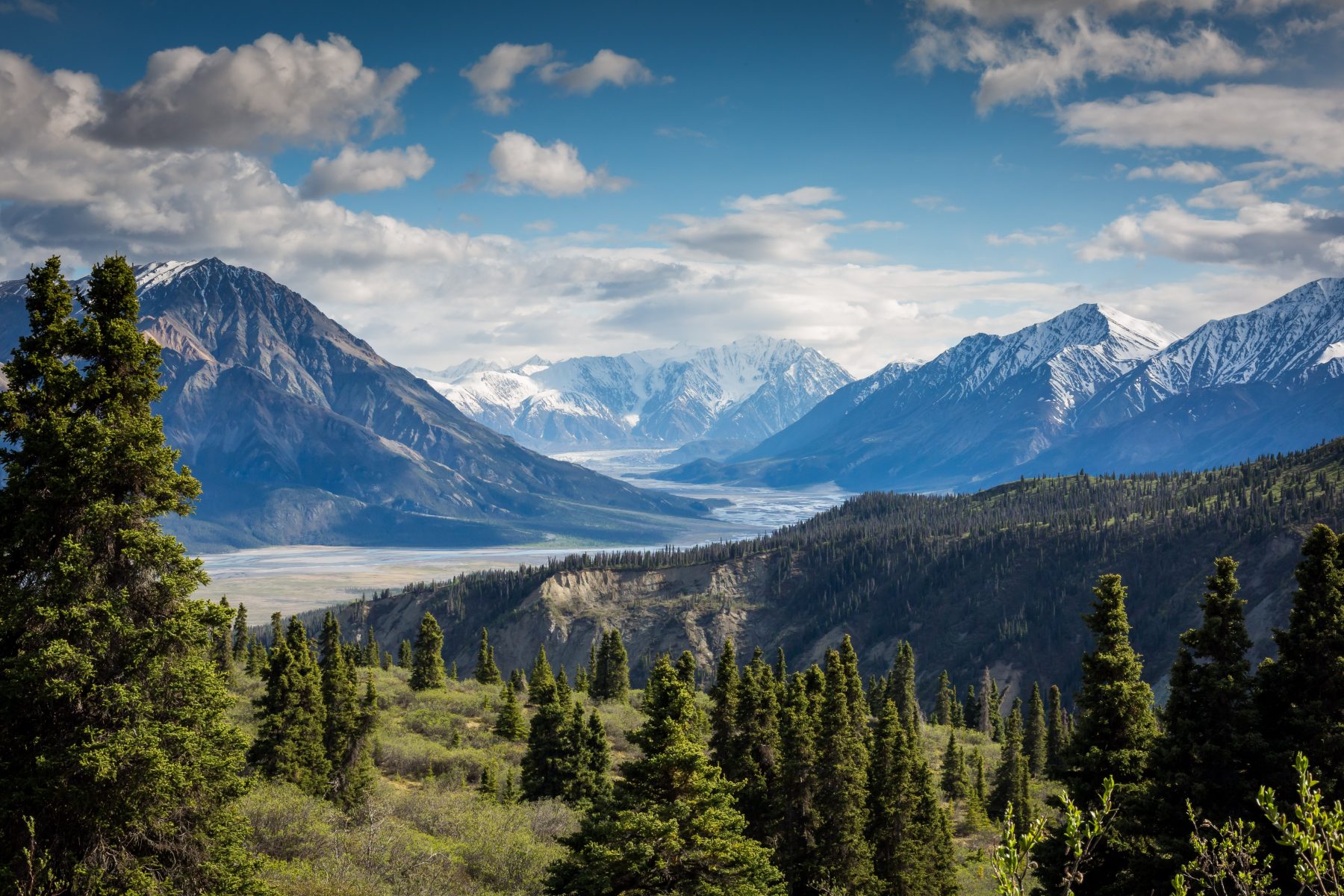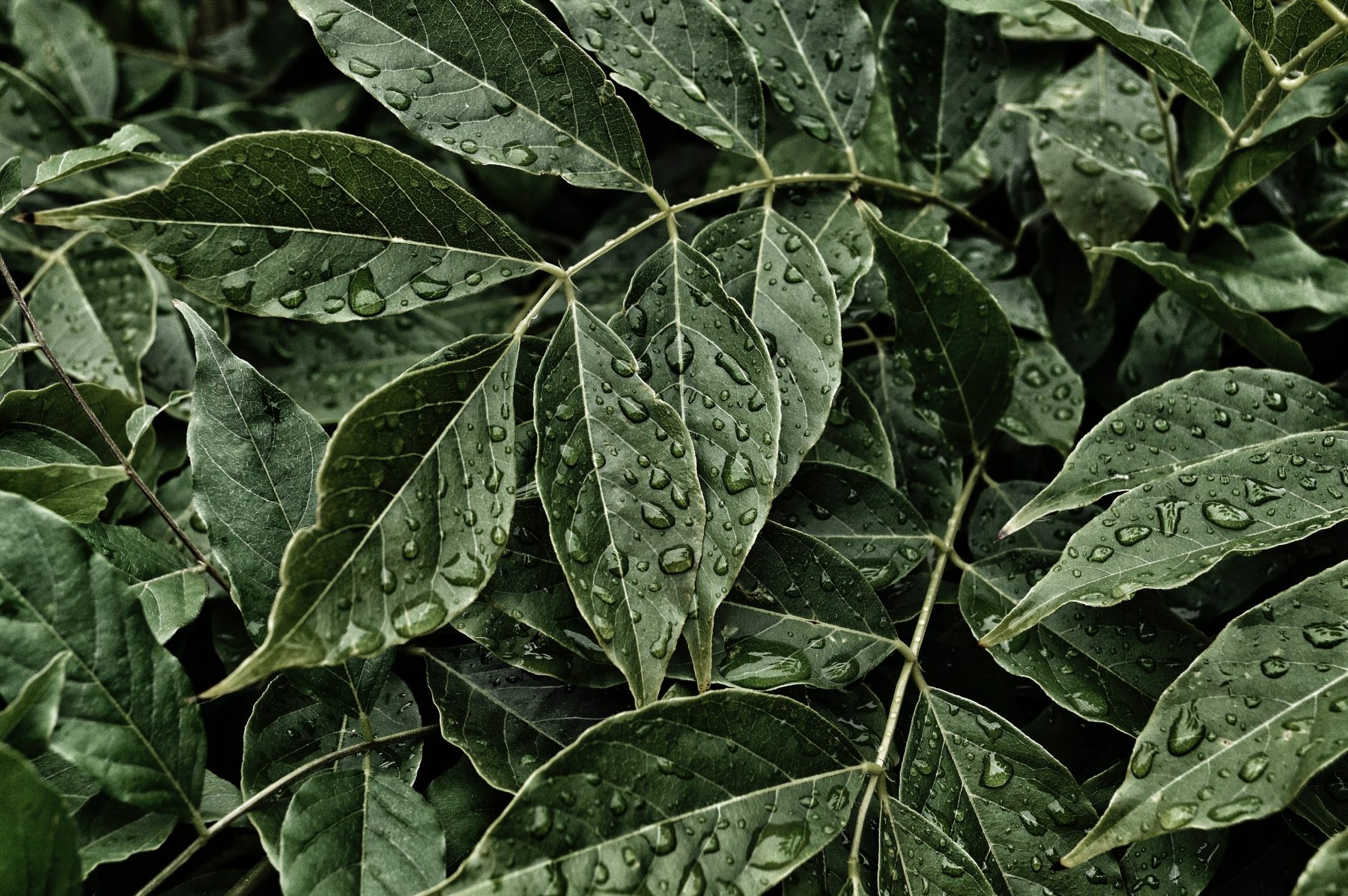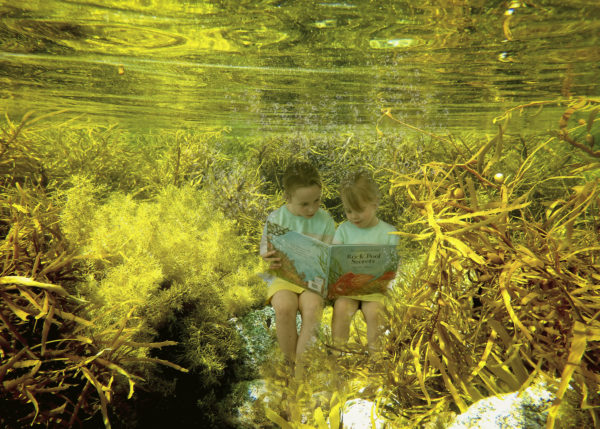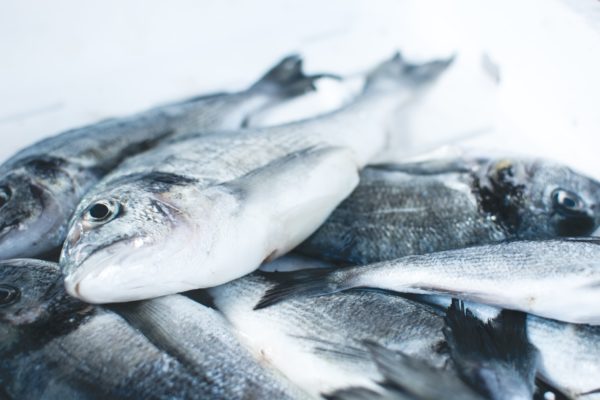There’s no doubt that Earth is full of life, but could our planet be seen as one functioning organism?
There are an estimated 8.7 million different species on Earth, fulfilling their roles within their ecosystems, and coexisting and contributing to other ecosystems.
Could the balance and efficient functioning of these organisms actually be extensions of Earth, making the planet one living superorganism?
The idea that Earth is alive may be as old as humankind: the ancient Greeks saw her as a goddess and named her ‘Gaia’. It’s a relationship promoting respect and environmental care.
Ecosystems, small and large
An ecosystem is made up of four components: living parts (e.g. plants, animals, fungi, bacteria), non-living parts (e.g. sunlight, water, rocks), being situated in a particular place, and interactions happening between all of these.
Professor Brett Bryan from Deakin University’s School of Life and Environmental Sciences says these components act as a functional unit, “creating the complex interdependencies of life on Earth.”
For example, flowering plants produce bright-coloured flowers that attract insects such as bees. Bees collect the pollen for food and fertilise the plant so it can produce seeds and regenerate.
The Earth contains countless ecosystems that come in many sizes, “from the very big – think 100-metre-tall mountain ash forest – to the very small – think billions of microscopic plants and animals that live in soil.”
All components of an ecosystem are closely linked and don’t exist in isolation. So, the absence of one component can change how the whole ecosystem functions.
Ecosystems are often separated by geographical barriers such as oceans, mountains and deserts. But sometimes these borders aren’t so obvious, so ecosystems can blend into each other.

For example, there can be multiple small, unique ecosystems interacting with each other within a lake.
What we do to one ecosystem can affect another, such as clearing the hinterland in Queensland causing sediment to flow into the river and damaging the Great Barrier Reef. They are connected.
Plants, animals and ecosystems also interrelate and interact via food chains, sharing a flow of energy that all things on Earth need.
“There are many complex ecological interdependencies between plant and animal species that enable the functioning of ecosystems to persist,” Professor Bryan says.
“Many species populations are reliant on predators to keep their numbers in check.”
Using a primary source such as the sun, producers make food, insects or animals consume the food, eventually top predators consume these animals, and finally, decomposers take care of the organisms when they die. The cycle repeats.
For example, grasshoppers consume grass that’s grown, frogs eat grasshoppers, snakes might eat the frogs, an eagle could eat the snake, then worms and bacteria take care of the eagle when its time is up.
The Gaia theory
Along with functioning as a unit, supporting other ecosystems and energy flow via the food chain, ecosystems are also crucial for the cycling of water, nutrients, atmospheric gases, and more, therefore enabling the living planet Earth.
“Ecosystems absolutely contribute to the relative stability of the Earth system as a whole,” Professor Bryan says.
For example, people and animals release carbon dioxide into the air when they breathe.
“Ecosystems take carbon dioxide from the atmosphere, storing it in their biomass and soils out of harm’s way.”
In particular, plants absorb carbon dioxide during photosynthesis and release oxygen for life.
Carbon is then passed on via the food chain and eventually released again by decomposers. Again the cycle repeats.
Like human bodies that sweat in order to cool down, the Earth could be seen as a body that, when overheating, has ecosystems that regulate its atmosphere and control its temperature.
“Ecosystems also promote the cycling of water and evaporating it back into the atmosphere, supporting all life.”
“Some scientists have said that the Earth itself functions like one giant superorganism,” Professor Bryan says. This is called the Gaia theory.
The Gaia theory argues that all organisms adapted as a collective whole in the form of one giant self-regulating system that keeps balances and checks in place for life to survive.
Highly accredited Scientist, James Lovelock, came up with the Gaia theory while trying to work out why Earth’s atmosphere is different to Mars’.
Notably, Earth uniquely has oxygen made by plants and methane from bacteria. Basically, oxygen supports life and methane keeps a liveable temperature, amongst many other instances of Earth keeping itself alive.

A matter still up for debate, “scientists have proposed that this is more luck than good management,” Professor Bryan says.
But luck or not, it’s an attractive theory. Could there still be something to this that views the Earth as a single organism with many parts?
Science was developing rapidly and fragmented into a collection of nearly independent professions. Like a jigsaw puzzle, there is so much information to understand the world.
It can be easy to lose sight of the bigger picture where the pieces of Earth very conveniently fit together in place.
Humans and ecosystems
As well as being sustained by a liveable climate, we depend on ecosystems in many ways. These are called ecosystem services.
“Humans receive benefits from many of nature’s goods and services including those that sustain us such as food, freshwater and energy,” Professor Bryan says.
“We also receive many other benefits including protection from natural hazards such as flooding and landslides.”
For example, mangroves and coral reefs stop waves and storms lashing our shores and destroying our property (and us).
Professor Bryan says we also enjoy cultural services ecosystems provide, such as the joy and health benefits of simply ‘being in’ nature.
Despite enjoying so many benefits from nature, “humans have fundamentally altered ecosystems across most of our planet,” Professor Bryan says.
While life on Earth has adapted to these changed conditions, urbanisation, for example, has encroached on many ecosystems and as we know, without certain components (such as trees), the ecosystem can’t function or even survive.
“We are currently in the midst of the sixth great extinction of life on Earth.”
The planet is also heating at a rate now beyond its abilities to fix itself.
A warmer planet causes ecosystems to be out of balance and certain patterns that depend on each other are separated.
For example, it causes birds to return from migration earlier, breed earlier and are then out of sync with ecosystems around them.
Professor Bryan says ecosystem benefits for people may be a mere shadow of what they once were.
“Air pollution kills seven million people per year and our freshwater resources grow evermore scarce.”
It’s easy to see how these disruptions affect such a connected planet.
Perhaps if we looked more to the Gaia theory, it could act as motivation for us to take greater care of our planet, rather than behaving like a disease on Mother Earth’s body.



